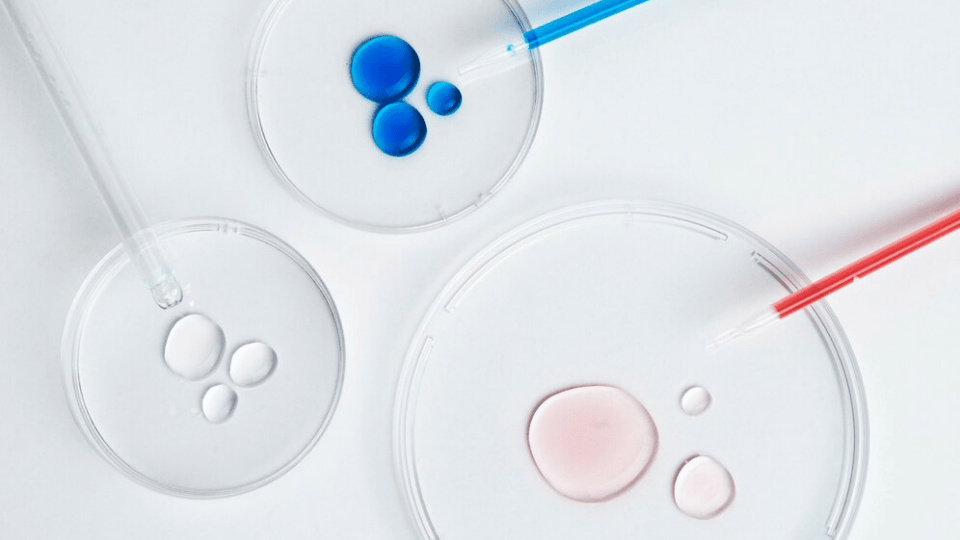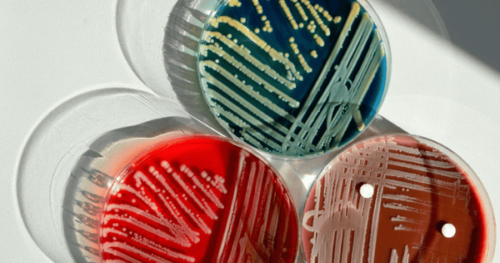Karena mereka menawarkan informasi penting tentang jumlah dan keberadaan mikroorganisme dalam sampel yang berbeda, pelat hitung mikroba merupakan instrumen penting dalam bidang mikrobiologi dan pengendalian mutu. Karena ada berbagai jenis pelat hitung mikroba yang tersedia, memilih jenis yang tepat sangat penting untuk mendapatkan hasil yang akurat dan dapat dipercaya. Artikel ini membahas berbagai jenis pelat hitung mikrobiologi dan menyoroti keunggulannya dalam aplikasi tertentu, yang disediakan oleh GVS Malaysia.
Apa itu Pelat Hitung Mikroba?
Plat hitung mikroba digunakan untuk mengukur jumlah mikroorganisme dalam sampel dengan membudidayakan organisme tersebut pada media kaya nutrisi yang terdapat di dalam plat. Setelah inkubasi, koloni yang berkembang dihitung untuk memperkirakan konsentrasi mikroorganisme dalam sampel asli. Plat ini digunakan secara luas dalam bidang farmasi, makanan dan minuman, klinis, dan lingkungan.
Jenis-jenis Pelat Hitung Mikroba
- Pelat Tryptic Soy Agar (TSA):
- Pelat TSA merupakan media serbaguna yang digunakan untuk berbagai macam aplikasi. Pelat ini mendukung pertumbuhan berbagai macam bakteri dan jamur, sehingga ideal untuk penghitungan total yang layak dalam berbagai sampel.
- Pelat Sabouraud Dextrose Agar (SDA):
- Pelat ini dirancang khusus untuk pembudidayaan ragi dan jamur, sehingga sangat penting dalam industri farmasi dan makanan yang mana organisme ini menjadi perhatian khusus.
- Plat Agar R2A:
- Agar R2A digunakan terutama untuk pengujian air, khususnya dalam industri farmasi dan kosmetik. Agar ini dirancang untuk membudidayakan bakteri yang tumbuh lambat yang biasanya hidup di sistem air.
- Piring Agar MacConkey:
- Ini adalah pelat media selektif yang digunakan untuk mendeteksi koliform dan patogen usus dalam air, produk susu, dan spesimen biologis. Pelat ini menghambat pertumbuhan bakteri Gram-positif sekaligus mendorong pertumbuhan bakteri Gram-negatif, sehingga memungkinkan pengujian diferensial.
- Pelat Media Kromogenik:
- Plat kromogenik digunakan untuk mengidentifikasi jenis bakteri tertentu berdasarkan warna koloni yang tumbuh. Plat ini sangat berguna dalam diagnostik klinis untuk mengidentifikasi spesies mikroba secara cepat langsung dari spesimen.
Memilih Pelat Penghitung Mikroba yang Tepat
- Pahami Jenis Sampel Anda: Sampel yang berbeda mungkin memerlukan media nutrisi tertentu untuk secara efektif mendukung pertumbuhan mikroorganisme yang ada.
- Kenali Organisme Target Anda: Pilih pelat yang paling mendukung pertumbuhan atau diferensiasi mikroorganisme yang diinginkan.
- Pertimbangkan Kondisi Inkubasi: Beberapa pelat mungkin memerlukan suhu dan kondisi atmosfer tertentu untuk mengoptimalkan pertumbuhan.
Praktik Terbaik dalam Penggunaan Pelat Hitung Mikroba
- Penyimpanan yang Tepat: Simpan pelat sesuai anjuran, biasanya dalam lemari es, untuk menjaga kemanjuran media pertumbuhan.
- Teknik Aseptik: Selalu gunakan teknik steril saat menginokulasi pelat untuk menghindari kontaminasi.
- Inkubasi Akurat: Ikuti waktu dan kondisi inkubasi yang disarankan dengan cermat untuk memastikan hasil yang dapat diandalkan.
Kesimpulan
Dalam banyak konteks industri dan klinis, pelat hitung mikroba merupakan bagian penting dari analisis mikroba. Untuk menjamin pengujian mikrobiologi yang tepat dan efektif, laboratorium dapat memilih pelat terbaik dengan mengetahui berbagai jenis pelat hitung mikroba dan kegunaan khususnya. Untuk memenuhi persyaratan kualitas dan keandalan tertinggi dalam deteksi mikroba, GVS Malaysia menawarkan berbagai pilihan pelat hitung mikroba.



